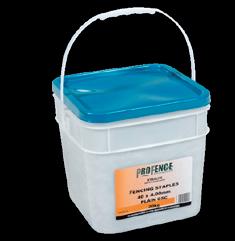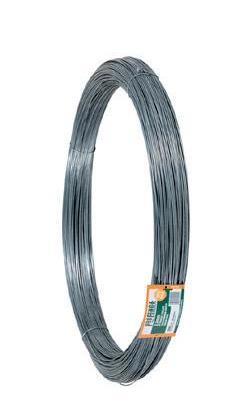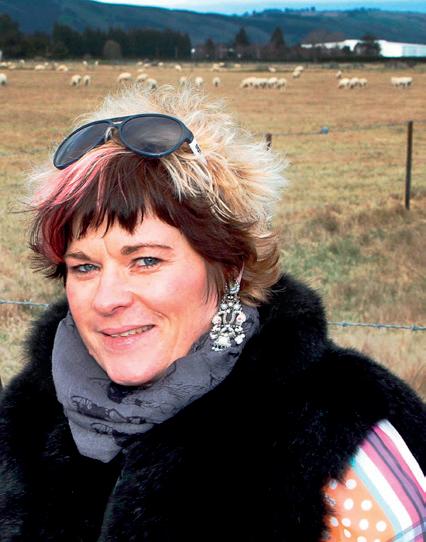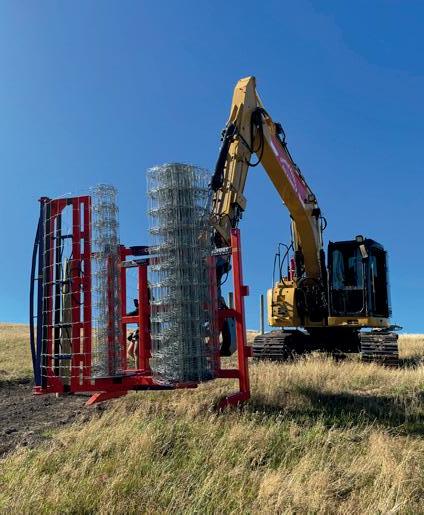
3 minute read
Ridding your land of rodents
In the April edition of The Farmlander, we brought you Part One of a look at the various ways to bait and trap rodents. In Part Two, we dive deeper and look at single and multi-feed baits.
The opportunity for every landowner or manager to become part of predatorfree NZ 2050 is both realistic and manageable. The emotional and physical reality of losing many of our native birds and other fauna is real. Within our lifetime and certainly our children’s we will hear the dreadful classification of extinct or endangered, being attached to an increasing number of our native species. It is estimated that 25 million of our native birds are lost every year to predators. To care and be involved is the wish of every conservation-minded New Zealander. The number of individuals and community-based groups participating in predator control is increasing but large areas of New Zealand remain where predators are still uncontrolled. What to use for control and how to use the tools available can be confusing, as there are many options and many different types of predators. The most cost efficient and readilyavailable of these tools are traps and baits. Learning how to use them and understanding how they work will ensure the best outcome and the safety of users, children, livestock and pets. Traps for rodents will generally be placed on the ground, so securing these in a tunnel will ensure they are not tampered with by non-target animals or people. Baits should be placed in lockable bait stations and secured onto a spike, or accessed through a grid. If this is done, then the dangers of non-target species and people being affected by both baits and traps is reduced considerably, as rodents will cache any non-secured bait that is freely available. There are two types of baits, first generation and second generation. The differences between these anticoagulants is poorly understood, because they both have the same desired result – dead rats. These products are often termed rodenticides, as the predominant target pest species are rats and mice. Collectively, they are classed under the Vertebrate Toxic Agent Group (VTAs) because they will kill all warm-blooded animals, if enough is ingested. In New Zealand there are chemical registrations for targeting rats, mice, rabbits, possums and ferrets. In the simplest terms, first generation anticoagulant toxicants are multi-feed baits and second generation are singlefeed products. The first-generation active ingredients registered in New Zealand are Pindone; Diphacinone and Coumatetralyl. These are registered under many different brands but are most widely available through Pindone Possum and Rat, Pindone Rabbit and Ditrac. There are several different second-generation active ingredients registered such as Brodifacoum; Bromadiolone; Difethialone and Flocoumafen. Second generation products are more commonly available, as they are simple to use but can be more capable of inflicting secondary poisoning. Once a target animal has ingested a lethal dose, it will die. Before death however, it may continue to feed for four or five days after the lethal dose has been ingested. Traps have been used for generations, however some traps are not fit for purpose. While they are very cheap to purchase, the chances of them killing a rodent quickly and efficiently are slim. Large rats can become both bait-shy and trap-shy, if a sublethal dose is eaten or they escape from traps they set off. Large Norway rats can exceed half a kilogram in weight and for this reason, traps need to be robust and have enough killing-power to achieve a very high degree of success. Traps can be assessed by their level of humaneness and capability. NAWAC (National Animal Welfare Advisory Committee) submits traps to a rigorous testing criterion and will either give them a pass or fail. A couple of traps that have passed are the Trapper T Rex and Victor Professional Rat Trap with shroud, which are both available through Farmlands. This testing helps to inform consumers if traps can kill humanely and that caught rodents will not escape and become trap shy.
For further information, contact your Farmlands Technical Field Officer or the friendly team at your local Farmlands store.
Article supplied by Key Industries
Let Us
Help you with your next fencing project



ASK INSTORE ABOUT OUR WIDE RANGE OF FENCING SOLUTIONS TODAY












